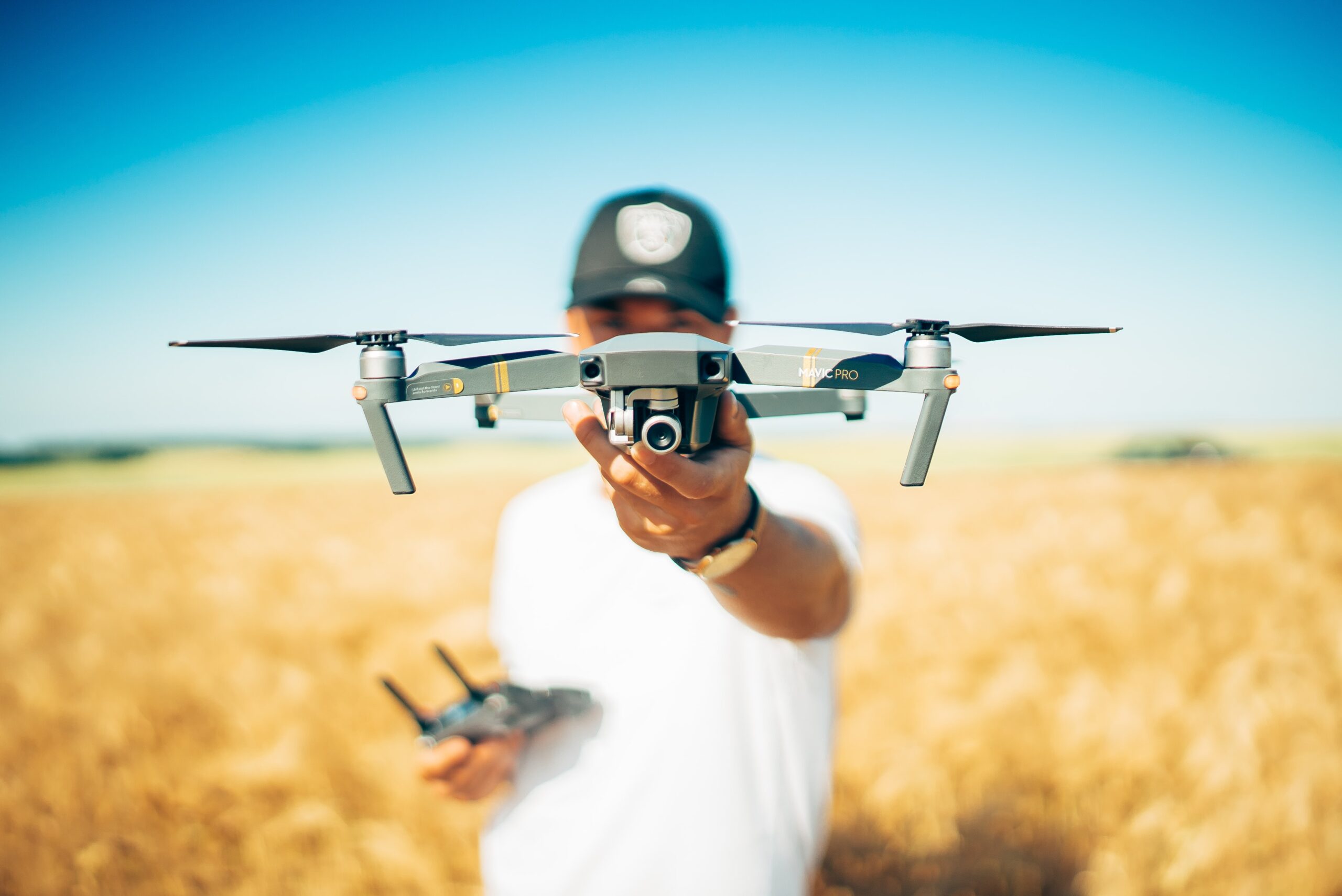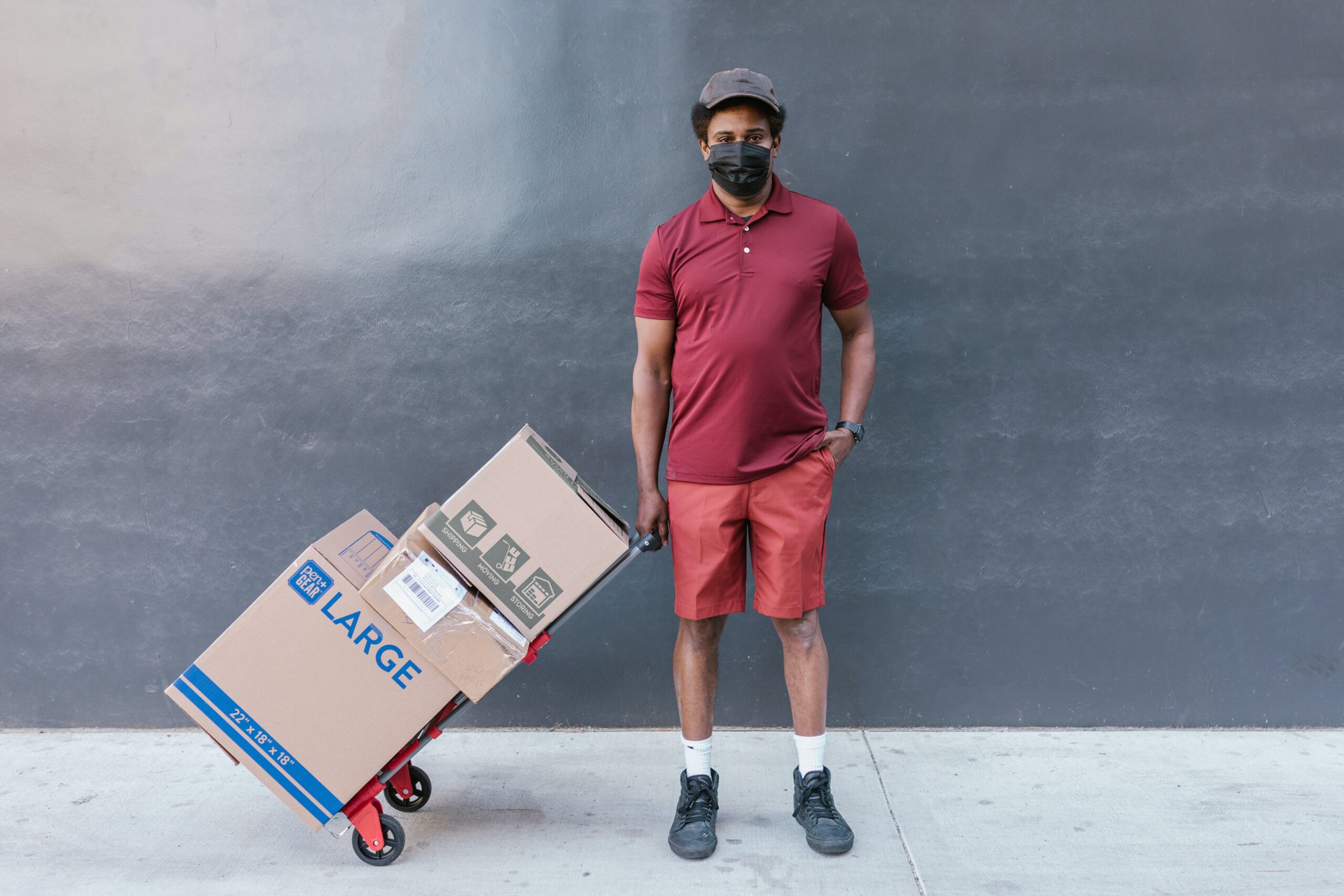The use of drones has grown rapidly in recent years, and it has become an increasingly popular tool for businesses and individuals. Drones are no longer just a hobby, but rather, a powerful tool for making money. Making money with your drone is easier than ever, today I will explain a few ways to make this possible.
Drones can be used for a wide range of purposes, from aerial photography and videography to inspections, mapping, and even search and rescue. In this article, I will explore seven ways to make money with a drone, including tips and best practices for building a successful business.
How much money can I make with a drone?
Freelance drone pilots can expect to earn anywhere from $30-$200 an hour. Earnings will heavily depend on the type of drone work you are doing (ie. real estate videography), as well as your equipment and skill level.
Increasing popularity of drone technology
Since you have found this article, then you already know that the use of drones has grown rapidly in recent years, and it’s expected to continue to grow in the future.
Drones are becoming more affordable and accessible, which has led to an increase in their popularity.
Additionally, the capabilities of drones are expanding, and they can now be used for a wide range of purposes including making large sums of money!
Various ways to make money with your drone
Monetizing your drone can be done through a wide range of uses, from aerial photography and videography to inspections, mapping, and even search and rescue.
Below I will lay out what I believe to be the best seven ways to make money with a drone, including tips and best practices for building a successful business.
Aerial Photography and Videography
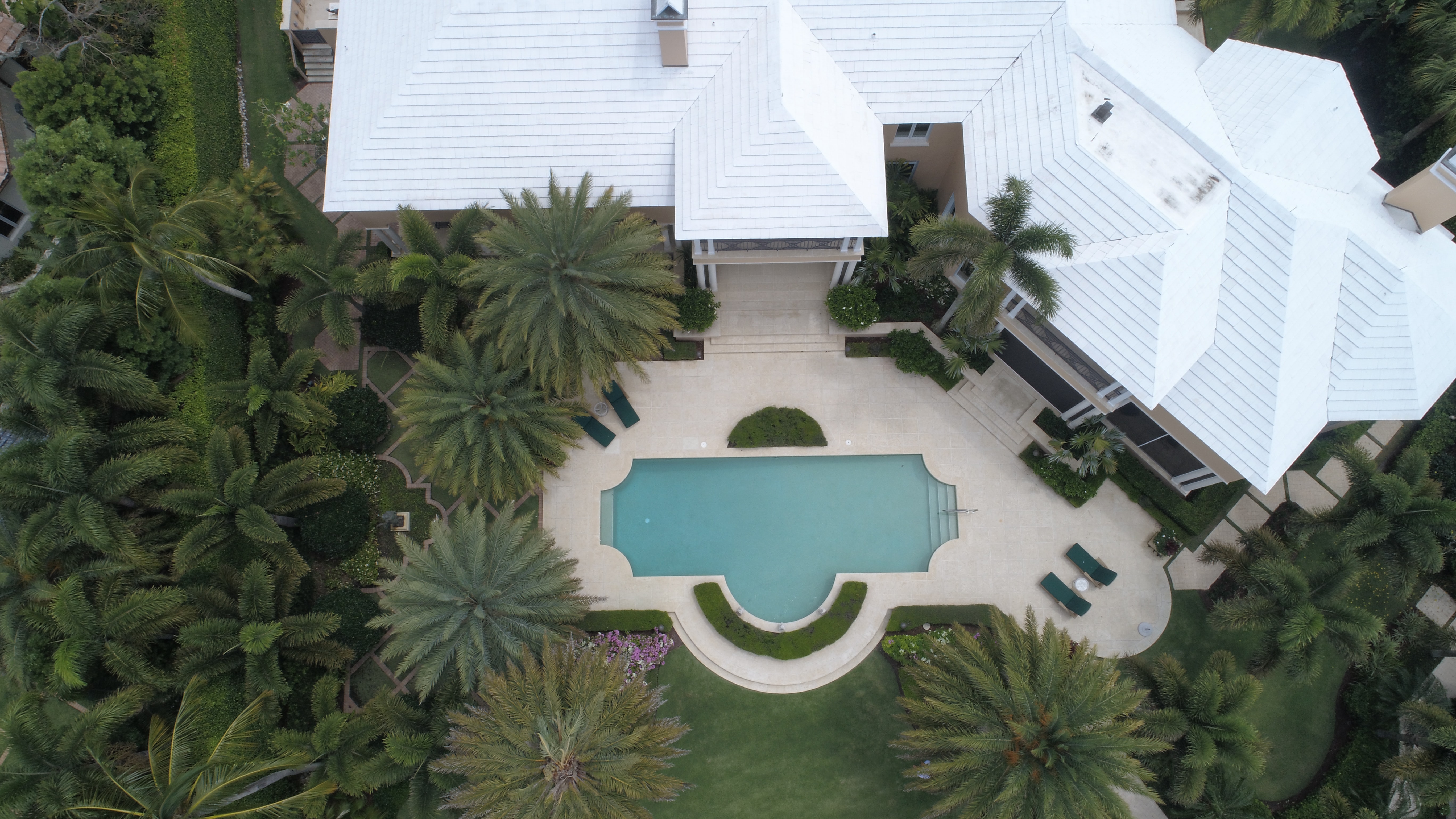
One of the most popular ways to make money with a drone is by offering aerial photography and videography services to businesses and individuals.
The best option for this is with real estate photography, event videography, and even film production.
Drones equipped with cameras can be used to capture stunning aerial footage and photographs.
They are ideal for capturing unique perspectives, such as high-angle shots, and can also be used to capture footage of large events, such as concerts and festivals.
Industries and clients that will pay you to film with your drone:
- Real estate professionals,
- Construction companies,
- Film and video production companies,
- Wedding planners, and
- Event organizers
Tips for building a successful business offering aerial photography and videography
To build a successful business offering aerial photography and videography services, it’s important to invest in high-quality equipment and to have a good understanding of the regulations and safety considerations.
Lets use real estate as an example. You can reach out to multiple listing agents for properties, and even offer your services for free for your first few jobs to build your portfolio.
Once you build a portfolio and gain skills in filming real estate, you can begin to charge more for your services.
How much should you charge for real estate drone videos?
When you are starting out, consider offering heavily discounted, or even free services. After that, you can charge anywehre from $100-$2000 per property that you are taking video and photos of. Real estate agents have alot of wiggle room in their comissions, so if you can produce content that will sell those properties, they will pay.
Additionally, it’s important to market your services effectively, and to have a strong portfolio to showcase your work.
Inspections
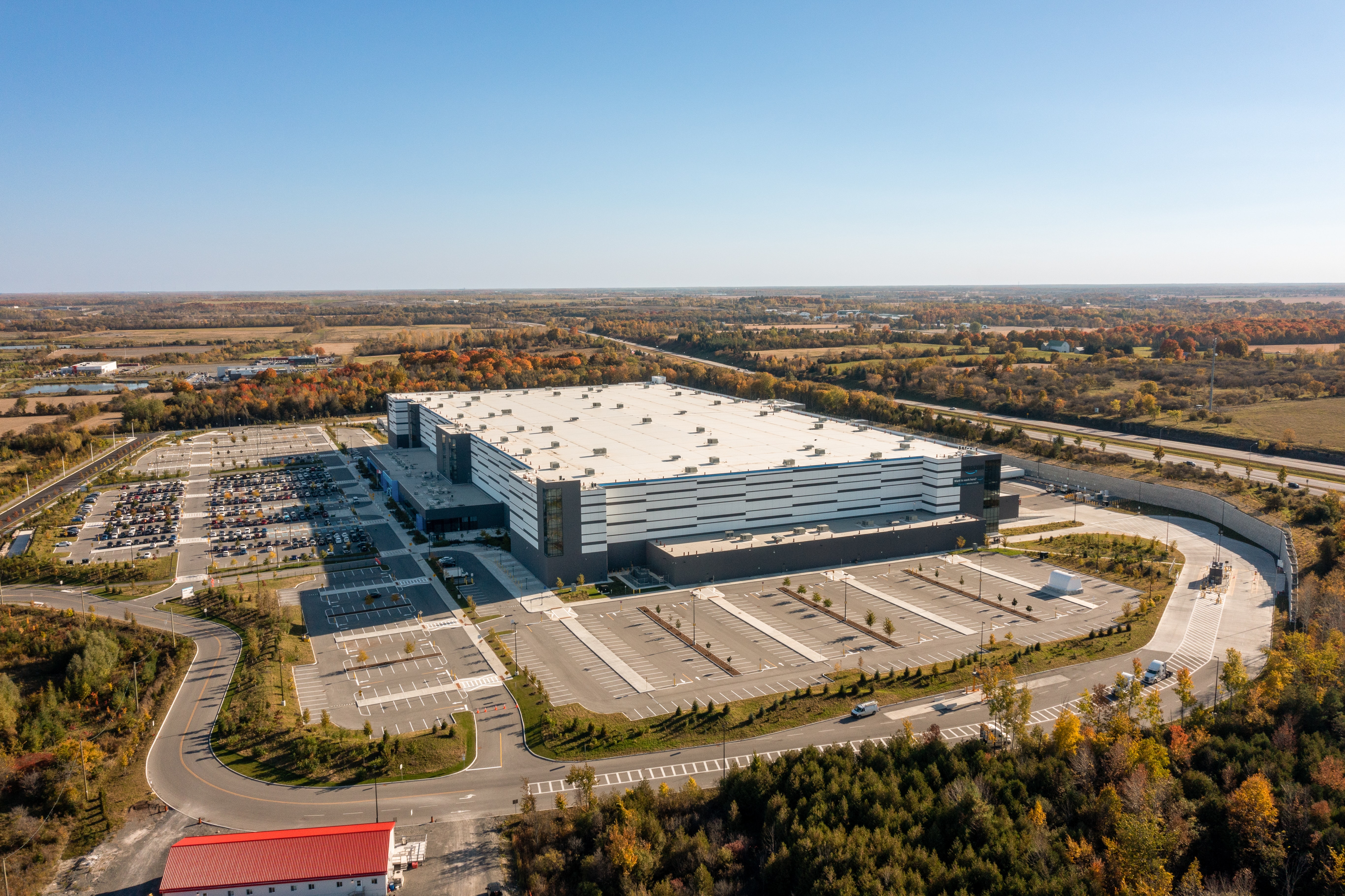
Another way to make money with a drone is by offering inspection services to both businesses and individuals.
Your drones can be used to inspect buildings, bridges, and other structures, making it easy to access hard-to-reach areas.
Many drones are equipped with cameras and thermal imaging can be used to inspect buildings and structures, such as bridges, power lines, and oil rigs.
You can provide detailed images and video footage for clients, making it easy to identify any potential issues.
Industries that may require drone inspections
- Construction companies
- Real estate
- Insurance companies
Surveying and Mapping

Drones can also be used for surveying and mapping land, which can be used for a wide range of industries and applications.
How drones can be used for surveying and mapping land
Drones equipped with cameras and sensors can be used to survey land and create detailed maps and 3D models.
This can include topographic surveys, construction site surveys, and even archaeological surveys.
Industries and clients that may require these services
- Real estate developers
- Architects
- Engineers
Tips for creating accurate and detailed maps and 3D models using drone technology
To create accurate and detailed maps and 3D models using drone technology, it’s important to invest in high-quality equipment and to have a good understanding of photogrammetry and mapping software.
It’s important to have a good understanding of the regulations and safety considerations for flying drones.
Agriculture
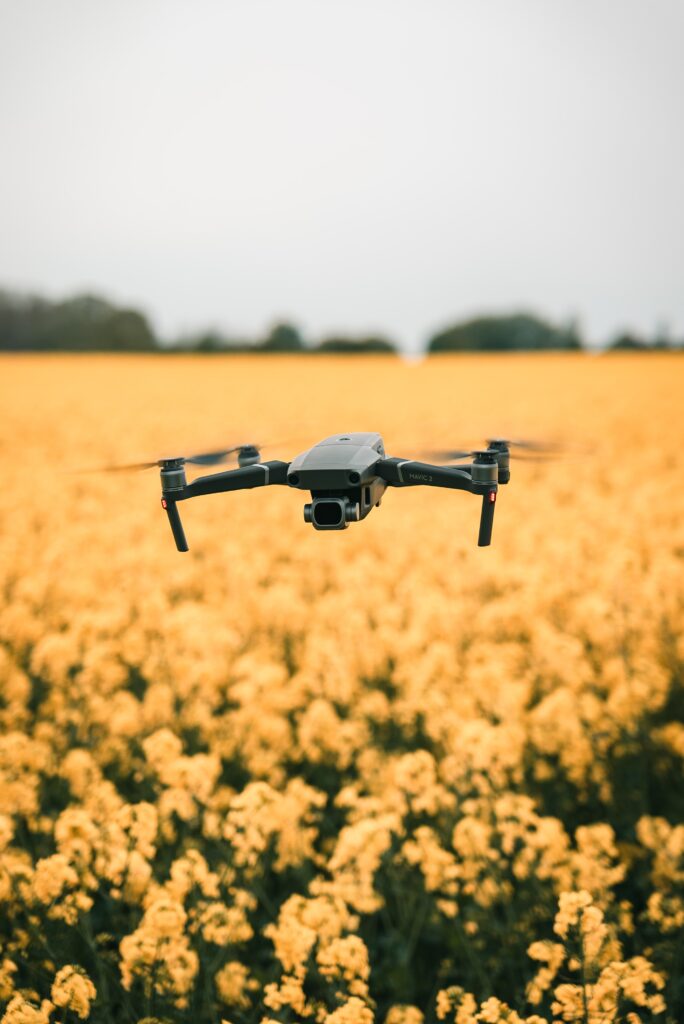
Drones can also be used for agriculture, which can be an efficient and cost-effective way for farmers to manage their crops.
How drones can be used for crop management and analysis
Drones equipped with cameras and sensors can be used to survey and analyze crops.
This can include monitoring crop health, identifying pests and diseases, and even spraying pesticides and fertilizers.
Industries and clients
- Farmers
- Agricultural companies
- Research institutions
Search and Rescue
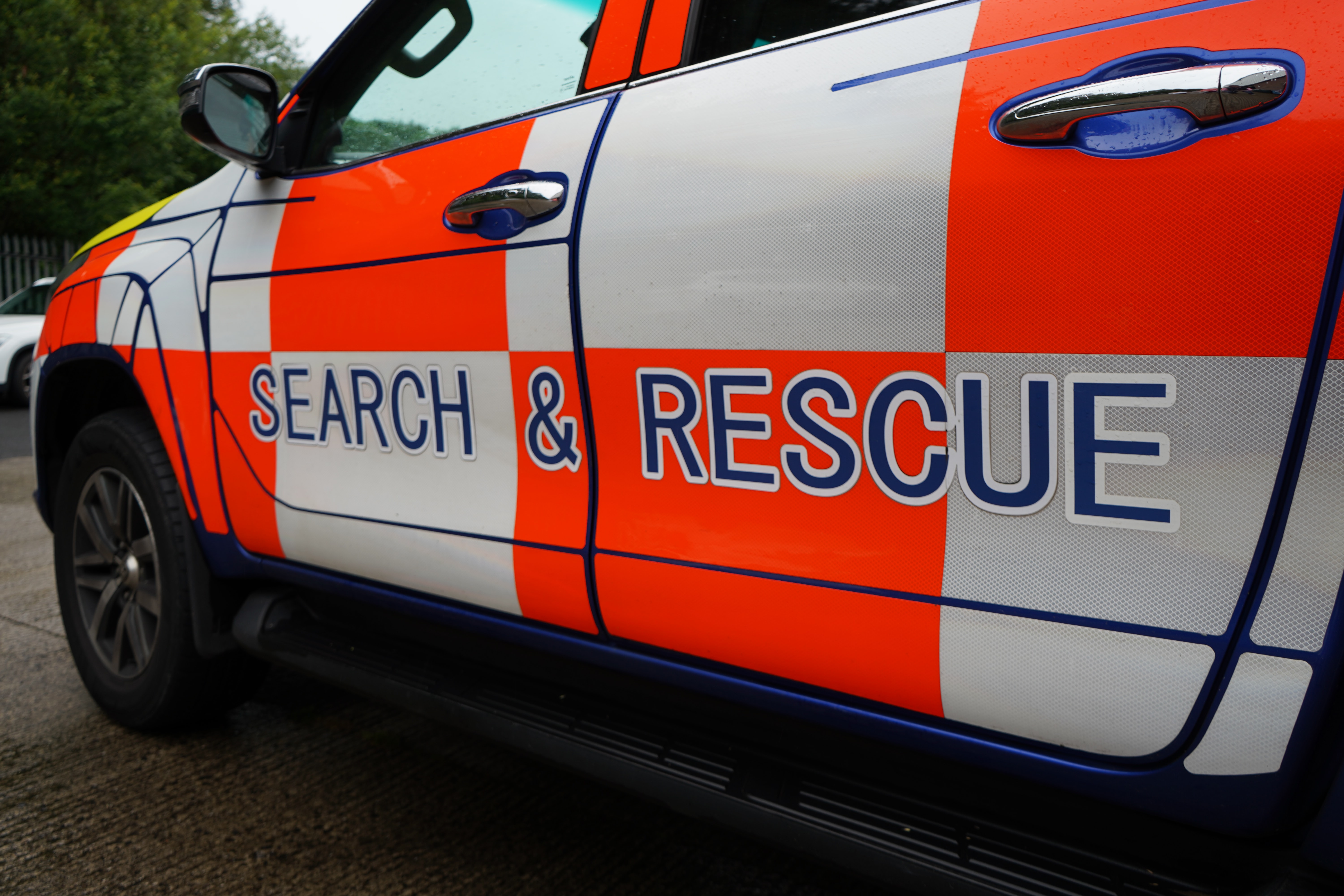
Drones can also be used for search and rescue operations, which can be a lifesaving tool for search and rescue teams.
Drones equipped with cameras and thermal imaging can be used to search for missing people and animals. They can provide real-time information and can help search and rescue teams cover large areas quickly and efficiently.
Clients
- Search and rescue teams,
- Emergency services, and
- Law enforcement agencies
Tips for using drones effectively in search and rescue scenarios
To use drones effectively in search and rescue scenarios, it’s important to have a good understanding of the regulations and safety considerations for flying drones.
It’s also important to have proper training and certifications to operate the drone safely and efficiently.
Additionally, it’s important to have a clear plan and communication system in place, and to have backup equipment and battery power ready in case of any technical issues.
Emergency Services
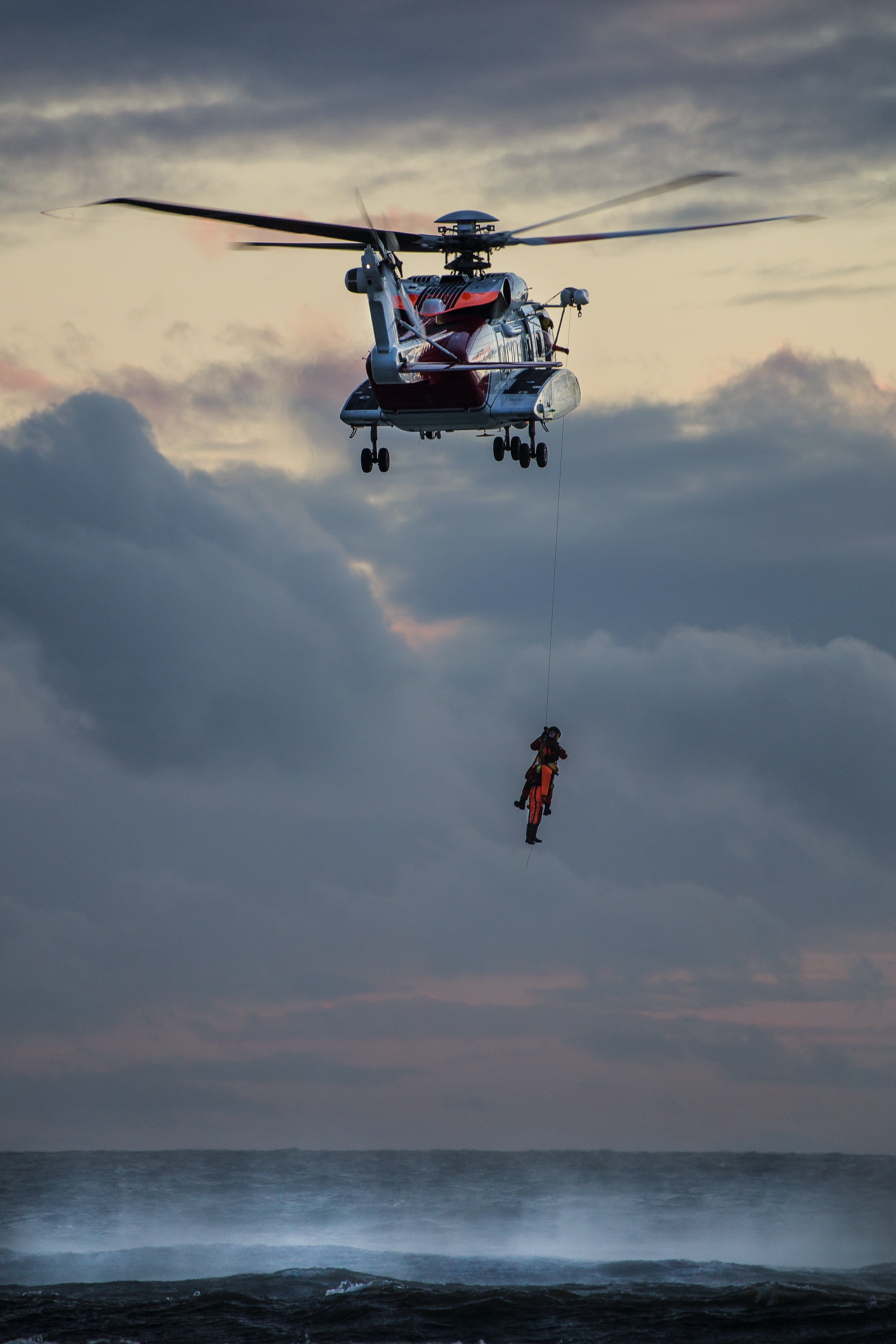
Drones can also be used for emergency services, such as assessing damage after a natural disaster, such as a flood, tornado, or wildfire.
How drones can be used for emergency services and disaster response
Drones equipped with cameras and sensors can be used to assess damage after a natural disaster. They can provide real-time information to emergency responders and can help locate survivors. They can also be used to deliver supplies to affected areas.
Potential clients
- Emergency services,
- Disaster relief organizations
- Insurance companies
Tips for using drones effectively in emergency situations
To use drones effectively in emergency situations, it’s important to have a good understanding of the regulations and safety considerations for flying drones.
It’s also important to have proper training and certifications to operate the drone safely and efficiently.
How to make money with your drone?
There are many ways to make money with a drone, and the possibilities are endless. From aerial photography and videography to inspections, mapping, search and rescue, and emergency services, drone technology has become an important tool for businesses and individuals.
With the right approach, you can turn your drone into a profitable business. Remember to research and understand the regulations and safety considerations, invest in high-quality equipment, and market your services effectively. With the right approach, the sky’s the limit for your drone-based business.

Safety considerations and regulations for conducting inspections with drones
When conducting inspections with drones, it’s important to follow the regulations and safety considerations set forth by the Federal Aviation Administration (FAA).
This can include obtaining the necessary certifications and licenses, and following guidelines for flying in certain areas, such as near airports or over populated areas. It’s also important to have proper insurance coverage to protect yourself and your clients in case of any accidents or incidents.
Monetizing your Drone Frequently Asked Questions
Q: What are the legal requirements for flying a drone for commercial use?
A: To fly a drone for commercial use, you’ll need to obtain a Remote Pilot Certificate from the Federal Aviation Administration (FAA). You will also need to register your drone with the FAA and follow all safety guidelines and regulations set forth by the FAA.
Q: What kind of drone should I buy for making money?
A: The type of drone you should buy will depend on the specific use case. For aerial photography and videography, a drone with a high-quality camera and advanced flight controls would be best. For inspections and mapping, a drone with a high-resolution camera and sensors would be more suitable. It’s important to research and compare different options before making a purchase.
Q: What is the earning potential for making money with a drone?
A: The earning potential for making money with a drone will depend on your specific business and the services you offer. However, the drone industry is expected to grow significantly in the coming years, providing ample opportunities for growth and success.
Q: What are the safety considerations for flying a drone?
A: Safety considerations for flying a drone include following FAA regulations and guidelines, such as obtaining the necessary certifications and licenses, and following guidelines for flying in certain areas, such as near airports or overpopulated areas. It’s also important to have proper insurance coverage to protect yourself and your clients in case of any accidents or incidents.
Q: What are some of the key skills I need to make money with a drone?
A: Some key skills needed to make money with a drone include understanding the regulations and safety considerations for flying drones, having knowledge of photogrammetry and mapping software, and having good marketing and business skills.

